Tag: embolism
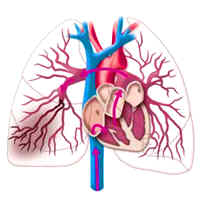
Temporal Trends in the Use of Computed Tomographic Pulmonary Angiography for Suspected Pulmonary Embolism
Despite the recent validation of clinical decision rules to limit the use of computed tomographic pulmonary angiography (CTPA), an increase in the CTPA rate along with more diagnosed pulmonary embolism (PE) and especially... read more

Use of Cardiac POCUS in Diagnosis of HFrEF in a Patient with Ischemic Stroke
Ischemic strokes in younger adults, those 18 to 50 years old, account for approximately 10% to 15% of all ischemic strokes. Risk factors for stroke between younger and older patients tend to be similar. Younger patients... read more

Subsegmental Pulmonary Embolism Increased Rate of Recurrent VTE
Overall, patients with subsegmental pulmonary embolism who did not have proximal deep venous thrombosis had a higher-than-expected rate of recurrent venous thromboembolism (VTE). Recruitment was stopped prematurely because... read more
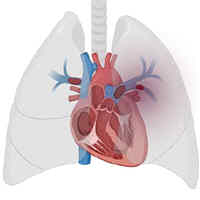
Management of Pulmonary Embolism in the ICU
Pulmonary embolism is a reason for admission to the Intensive Care Unit and this complication in hospitalised patients is associated with high morbidity and mortality. The identification and management of pulmonary embolism... read more

Carotid Blowout Syndrome: Modern Trends in Management
Carotid blowout syndrome (CBS) refers to rupture of the carotid artery and is an uncommon complication of head and neck cancer that can be rapidly fatal without prompt diagnosis and intervention. CBS develops when a damaged... read more
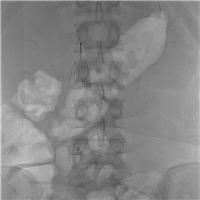
Preoperative vena cava filter placement in recurrent cerebral fat embolism following traumatic multiple fractures
Despite scarce evidence, we reckon that Inferior Vena Cava Filter (IVCF) could improve prognosis in selected patients with fat embolism syndrome (FES), especially those presenting high risk factors, after accurately weighing... read more

Peripheral Arteriovenous Malformations: Classification and Endovascular Treatment
In this review we cover the classification and endovascular management of arteriovenous malformations (AVMs). We begin by viewing AVMs in relation to the broader class of congenital vascular malformations and subsequently... read more
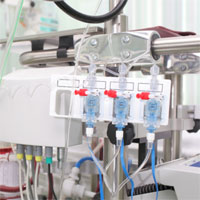
ECMO for COVID-19 patients in Europe and Israel
As of October 17th the novel coronavirus (SARS-CoV-2) caused a pandemic disease (coronavirus disease 2019, COVID-19) 40 million people worldwide, with almost one million deaths. Although most patients have an uncomplicated... read more
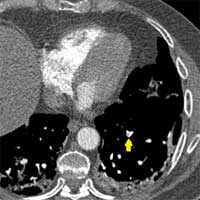
Incidence of Pulmonary Embolism in Non-critically ill COVID-19 Patients
Recent studies suggest that thrombotic complications are a common phenomenon in the novel SARS-CoV-2 infection. The main objective of our study is to assess cumulative incidence of pulmonary embolism (PE) in non critically... read more
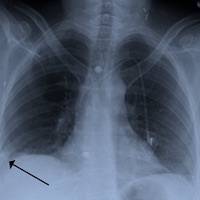
Pulmonary Embolism Hospitalization, Readmission, and Mortality Rates in US Older Adults
Over the past 15 years, advances have occurred in the diagnosis and management of pulmonary embolism (PE).1 Computed tomographic pulmonary angiography (CTPA) is now the routine diagnostic test. The availability of risk... read more

Catheter Directed Thrombolysis for Intermediate Risk Pulmonary Embolism
Intermediate risk pulmonary embolism is common and carries a risk of progression to hemodynamic collapse and death. Catheter directed thrombolysis is an increasingly utilized treatment option, based largely on the assumptions... read more
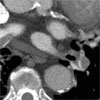
Frequency of pulmonary embolism amongst patients admitted for first-time syncope
All patients admitted to an inpatient service for first-time syncope from the emergency departments of 11 Italian hospitals from 2012-2014 were evaluated for pulmonary embolism. Pulmonary embolism was found in 17.3% of patients... read more
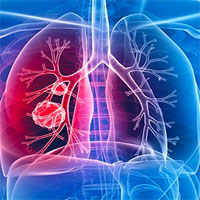
Detection of Pulmonary Embolism During Cardiac Arrest
The aim of this study was to test the hypothesis that the right ventricle is more dilated during resuscitation from cardiac arrest caused by pulmonary embolism, compared with hypoxia and primary arrhythmia. The right ventricle... read more
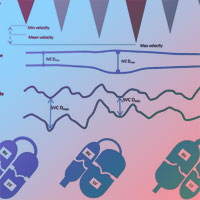
Predicting and measuring fluid responsiveness with echocardiography
Echocardiography is an essential tool to predict and measure fluid responsiveness, according to a recent article, which provides a practical guide. Ashley Miller and Justin Mandeville outline the physiological basis of fluid... read more




